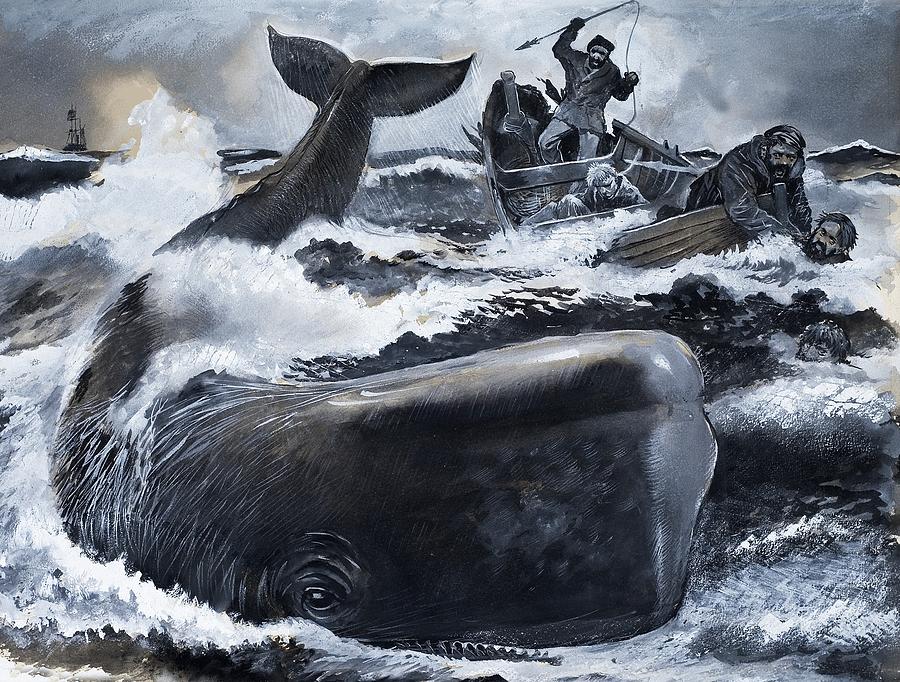
I think whaling is really cool. I can’t help it. It’s one of those things like guns and war and space colonization which hits the adventurous id. The idea that people used to go out in tiny boats into the middle of oceans and try to kill the biggest animals to ever exist on planet earth with glorified spears to extract organic material for fuel is awesome. It’s like something out of a fantasy novel.
So I embarked on this project to understand everything I could about whaling. I wanted to know why burning whale fat in lamps was the best way to light cities for about 50 years. I wanted to know how profitable whaling was, what the hunters were paid, and how many whaleships were lost at sea. I wanted to know why the classical image of whaling was associated with America and what other countries have whaling legacies. I wanted to know if the whaling industry wiped out the whales and if they can recover.
This essay is the result. It is over 30,000 words long, a new record for my blogging. It’s broken into seven parts linked here:
Part I – Economic Value of a Whale
- Breakdown of the parts of a whale which have been harvested and commercially traded throughout history
- Description and valuations of whale oil, meat, baleen, and other resources
- Attempts at estimating quantities of resources extracted from a single whale
- Breakdown of the whale hunting methods throughout history
- Shore hunting, ocean hunting, and technological evolutions in hunting
- The many ways whale hunting can go wrong
Part III – Early Whaling History (6,000 BC-1700 AD)
- Overview of the origins of whaling
- Estimated value of a beached whale
- The commercial success of Basque whaling
Part IV – The Anglo Whaling War (1700-1815)
- Tracking the ascendancy of British whaling based on subsidies, tariffs, and military dominance
- Tracking the challenge of early American whaling based on innovation
- Explanation of why American whaling triumphed
Part V – The Golden Age of Whaling (1815-1861)
- Examination of the high point of global whaling, when whaling was one of the most important industries on earth
- Most in depth description of the economics and experience of whaling – 50% labor desertion rate, highly inconsistent payout matrix, 6% of voyages never returned, etc.
- Golden Age whaling did not have a significant impact on global whaling populations
Part VI – The Industrial Age (1865-1986)
- Fall of US dominance, rise of Norway and then European competition
- Overview of early attempts to restrict whaling for environmental purposes, and why they failed
- Collapse of whaling population, estimated species populations before and after industrial whaling
Part VII – Modern Whaling (1987-Present)
- Present state of whaling legality and population impacts
- Norway and Japan continue to hunt whales for opaque cultural reasons
- Commercial whaling can return, but I’m not sure if it should
As with my deep dive into K-pop, I advise that if you are interested in whaling, but not that interested, you should skip some sections and focus on others. Parts I and II are short and get into the fun nitty-gritty details of the practice of whaling. Parts III and IV are more about the history of the industry and how it interacted with politics, trade policy, etc, and are the most easily skipped sections. Part V is the longest and (IMO) most interesting section; it’s both an overview of American whaling and a deep dive into the economics of the industry, including crew payouts, profitability, venture earnings, and the impact of whaling on the global whale population. Part VI and VII bridge the gap between the high point of whaling and its near death in the modern age.
Continue reading “Everything You Might Want to Know about Whaling”
